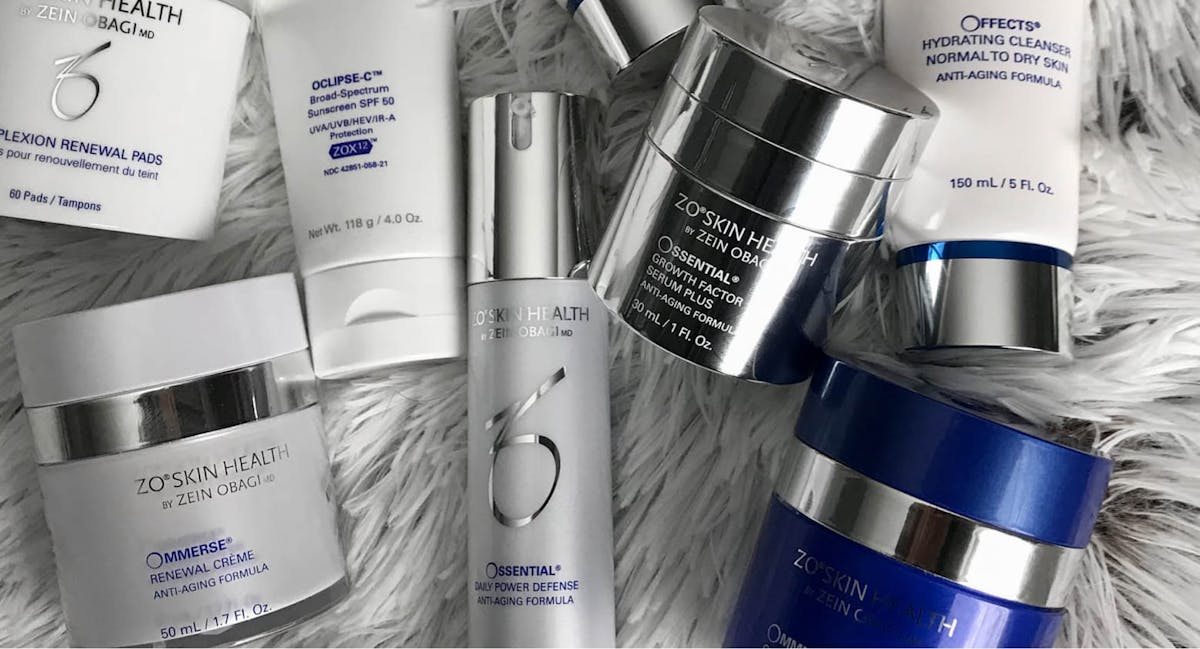When it comes to enhancing the Asian eye, it takes specialized knowledge of the variations and intricacies of this distinct eyelid anatomy. Board-certified plastic surgeon Dr. Shim Ching specializes in cosmetic surgery for Asian patients including double eyelid surgery in Honolulu, Hawaii.
Case #281
This patient had double eyelid surgery, also called Asian eyelid surgery, performed in Honolulu, Hawaii, by Dr. Shim Ching. This procedure creates a defined upper eyelid fold to open the upper eye area.
View Photo Gallery Schedule a consultation
















